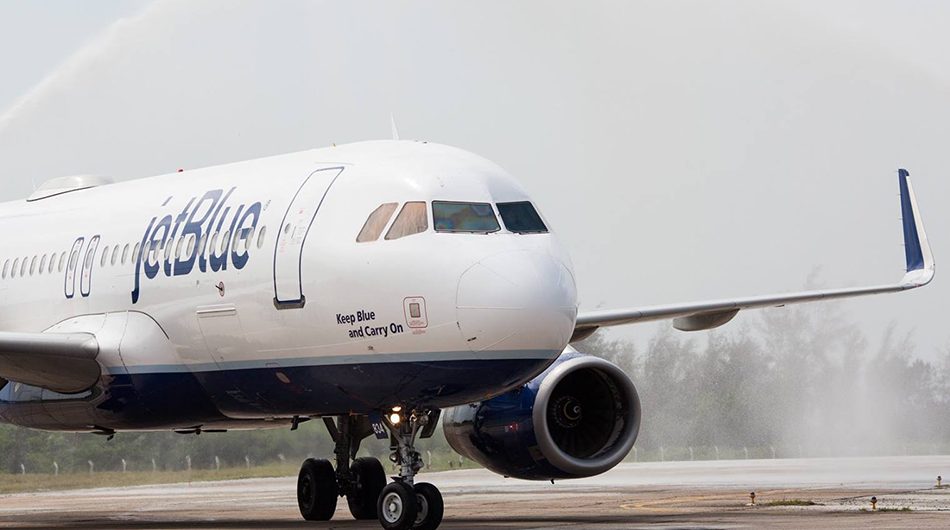Lowering Steel's Carbon Footprint: Introducing Eramet's EraLow

Table of Contents
Understanding the Environmental Impact of Traditional Steel Production
The Carbon-Intensive Steelmaking Process
Traditional steelmaking, primarily relying on the blast furnace process, is inherently carbon-intensive. This process involves several steps that generate substantial CO2 emissions:
- Use of coking coal: Coking coal, a fossil fuel, is crucial for reducing iron ore in the blast furnace, releasing large quantities of CO2.
- High energy consumption: The blast furnace process requires immense amounts of energy, often from fossil fuel-based sources, further increasing emissions.
- Significant CO2 release during reduction: The chemical reactions involved in reducing iron ore to iron release significant amounts of carbon dioxide into the atmosphere.
The Urgent Need for Sustainable Steel Solutions
The steel industry faces mounting pressure to reduce its environmental impact. This pressure stems from several key factors:
- Government regulations targeting emissions: Governments worldwide are implementing increasingly stringent regulations to limit greenhouse gas emissions, putting pressure on industries like steel to decarbonize. This includes carbon taxes and emission trading schemes.
- Growing consumer preference for sustainable products: Consumers are becoming increasingly aware of the environmental impact of their purchases and are actively seeking out sustainable and environmentally friendly products, including those made from green steel.
- Investor focus on ESG (Environmental, Social, and Governance) factors: Investors are increasingly incorporating ESG factors into their investment decisions. Companies with strong ESG profiles, including those demonstrating commitment to reducing their carbon footprint, are favored by investors.
The Role of Innovation in Decarbonizing Steel
Technological advancements are crucial for decarbonizing the steel industry. While traditional methods are highly polluting, innovation is providing avenues for significant change:
- Electric arc furnaces (EAFs): These furnaces use electricity to melt scrap metal, reducing reliance on coking coal and lowering emissions. However, they often still rely on some carbon-based energy sources.
- Hydrogen-based reduction: This emerging technology uses hydrogen instead of coking coal to reduce iron ore, resulting in near-zero CO2 emissions. However, producing green hydrogen at scale remains a challenge.
- Carbon capture and storage (CCS): CCS technologies capture CO2 emissions from steel production and store them underground. While effective, widespread implementation requires significant infrastructure development.
Eramet's eraLow: A Revolutionary Approach to Low-Carbon Steel
How eraLow Works
Eramet's eraLow represents a significant advancement in low-carbon steel production. While the exact details of the technology are proprietary, it focuses on innovative methods to significantly reduce emissions compared to traditional blast furnace processes. This involves:
- Optimized processes: eraLow utilizes optimized steelmaking processes designed to minimize energy consumption and CO2 emissions at every stage.
- Renewable energy integration: Eramet integrates renewable energy sources into the eraLow process wherever feasible, further lowering its carbon footprint.
- Reduced reliance on coking coal: eraLow significantly reduces, or entirely eliminates, the dependence on coking coal, a primary source of CO2 emissions in traditional steelmaking.
Significant Carbon Emission Reductions Achieved by eraLow
Eramet claims significant reductions in CO2 emissions using eraLow. Independent verification of these results is crucial for establishing credibility. Precise figures should be sourced from official Eramet communications to maintain accuracy. For example, statements like "eraLow reduces CO2 emissions by X% compared to traditional methods" would need to be supported by credible data.
- Specific data on emission reductions: Detailed information on the reduction in CO2 emissions per ton of steel produced using eraLow, compared to traditional methods, is essential for showcasing its impact.
- Independent verification of results: Transparency in the form of independent third-party verification of Eramet's claims strengthens the credibility of the eraLow process.
The Versatility and Applications of eraLow Steel
eraLow steel's versatility is a key strength. Its properties make it suitable for a broad range of applications across various industries:
- Automotive: eraLow steel can be used in the manufacturing of lighter, stronger, and more fuel-efficient vehicles, contributing to reduced transportation emissions.
- Construction: Its use in construction can lead to more sustainable buildings with a lower environmental impact.
- Energy: eraLow steel can contribute to the development of renewable energy infrastructure, such as wind turbines and solar panels.
The Broader Impact of eraLow on the Steel Industry and the Environment
Contributing to a Circular Economy
eraLow supports the principles of a circular economy by:
- Increased recyclability: eraLow steel is designed for higher recyclability, reducing the need for virgin materials and minimizing waste.
- Resource efficiency: The process minimizes resource consumption, promoting greater efficiency in steel production.
Driving Sustainable Development Goals
Eramet's eraLow aligns with several key UN Sustainable Development Goals (SDGs):
- SDG 7 (Affordable and Clean Energy): By reducing reliance on fossil fuels, eraLow contributes to cleaner energy production.
- SDG 9 (Industry, Innovation, and Infrastructure): The development of eraLow represents innovation in sustainable industrial processes.
- SDG 13 (Climate Action): The significant reduction in CO2 emissions directly contributes to climate change mitigation.
Eramet's Commitment to Sustainability
Eramet's commitment to sustainability extends beyond eraLow. The company actively pursues various initiatives to reduce its overall environmental impact:
- Investment in R&D: Eramet continues investing heavily in research and development of sustainable materials and processes.
- Transparency and reporting: Eramet publishes regular sustainability reports, providing transparency on its environmental performance.
- Industry collaboration: Eramet actively collaborates with other companies and organizations to promote sustainable practices within the steel industry.
Conclusion
Eramet's eraLow represents a significant leap forward in sustainable steel production. Its key benefits include significant carbon footprint reduction, versatility across multiple applications, and a considerable contribution to a sustainable future. Eramet’s demonstrated commitment to green steel production further reinforces the impact of this innovation. Learn more about how this innovative solution can help your business reduce its carbon footprint and contribute to a greener future. Contact us today to explore the possibilities of integrating eraLow into your supply chain and building a more sustainable future with low-carbon steel.

Featured Posts
-
 Opera V Sauni Na Yevrobachenni 2025 Scho Chekaye Na Glyadachiv
May 14, 2025
Opera V Sauni Na Yevrobachenni 2025 Scho Chekaye Na Glyadachiv
May 14, 2025 -
 Eurovision 2024 Director Defends Israel Hosting Amid Boycott Calls
May 14, 2025
Eurovision 2024 Director Defends Israel Hosting Amid Boycott Calls
May 14, 2025 -
 Unexpected Defeat For Zheng Qinwen At Madrid Open
May 14, 2025
Unexpected Defeat For Zheng Qinwen At Madrid Open
May 14, 2025 -
 The Ultimate Charizard Ex A2b 010 Guide For Pokemon Tcg Pocket Decks Strategies And Counters
May 14, 2025
The Ultimate Charizard Ex A2b 010 Guide For Pokemon Tcg Pocket Decks Strategies And Counters
May 14, 2025 -
 Kohler Refuse L Audition Senatoriale Transparency International Denonce Une Atteinte Aux Institutions
May 14, 2025
Kohler Refuse L Audition Senatoriale Transparency International Denonce Une Atteinte Aux Institutions
May 14, 2025
Latest Posts
-
 Sociologo Danny Shaw Haiti Sufre Su Peor Crisis Trump No Ofrecera Ayuda
May 14, 2025
Sociologo Danny Shaw Haiti Sufre Su Peor Crisis Trump No Ofrecera Ayuda
May 14, 2025 -
 International Pressure Mounts Uk And Frances Stance On Haitian Gangs
May 14, 2025
International Pressure Mounts Uk And Frances Stance On Haitian Gangs
May 14, 2025 -
 Uk France Vow To Maintain Pressure Against Haitian Gangs A Closer Look
May 14, 2025
Uk France Vow To Maintain Pressure Against Haitian Gangs A Closer Look
May 14, 2025 -
 Joint Uk France Effort To Combat Haitian Gang Violence
May 14, 2025
Joint Uk France Effort To Combat Haitian Gang Violence
May 14, 2025 -
 Haiti Flights Cancelled Jet Blue Cites Ongoing Civil Unrest As Reason For April Suspension
May 14, 2025
Haiti Flights Cancelled Jet Blue Cites Ongoing Civil Unrest As Reason For April Suspension
May 14, 2025
